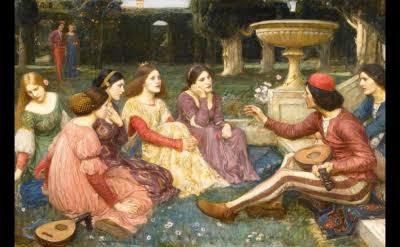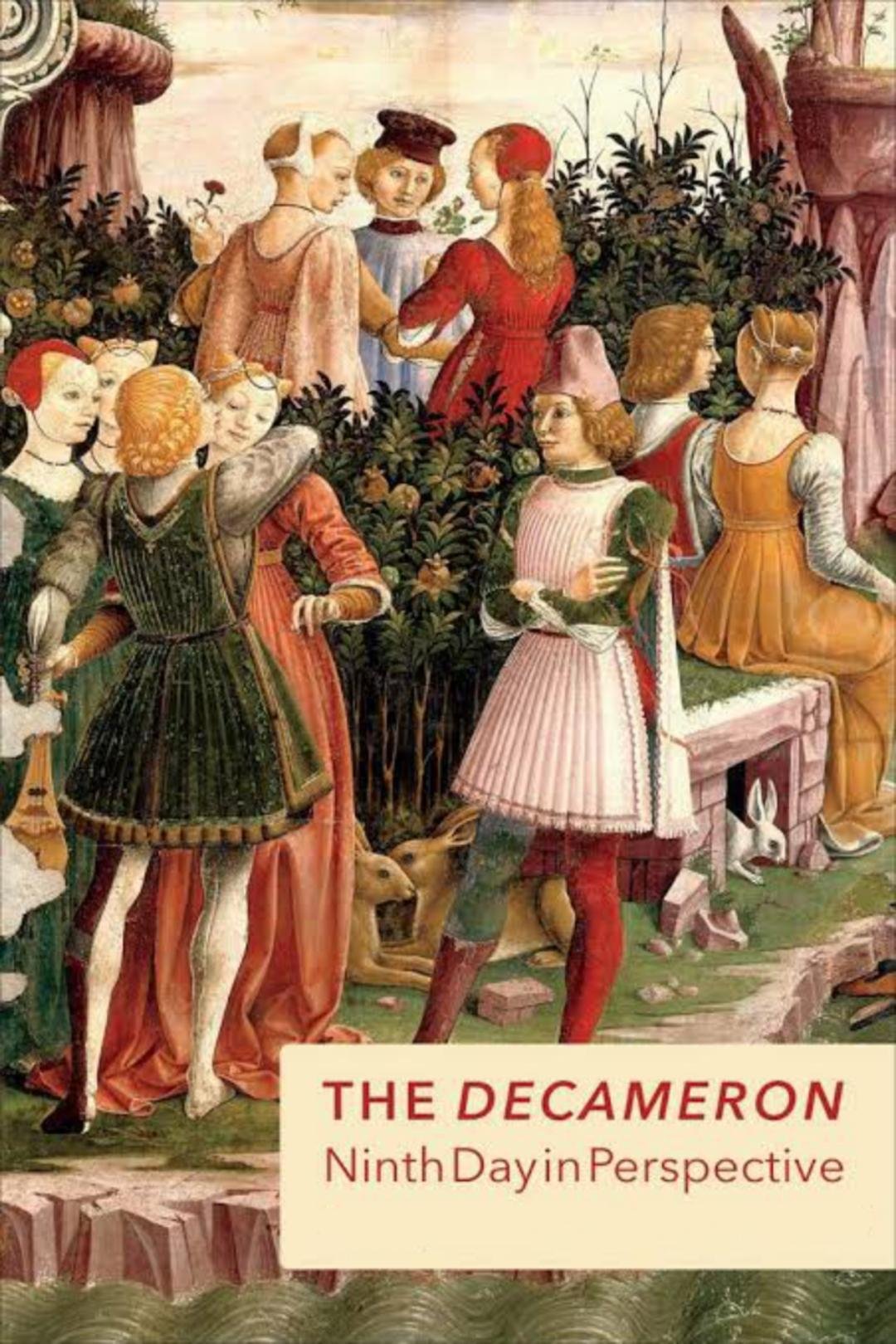"The Queen with a Hidden Past: Identity, Power, and Survival in the Tale of Alatiel”

“The Queen with a Hidden Past: Identity, Power, and Survival in the Tale of Alatiel”
Introduction:
Giovanni Boccaccio’s The Decameron isn’t just a collection of love stories it’s a daring exploration of human complexity, especially in how people navigate misfortune, morality, and appearances. In Day 2, Story 7, Boccaccio tells the tale of Alatiel, a beautiful Saracen princess who endures years of misadventure, captivity, and sexual exploitation yet ends up marrying a king as a “pure” bride. This review explores how Boccaccio uses Alatiel’s story to challenge assumptions about identity, virtue, and the fragile link between truth and social perception.
Summary:
Alatiel, the daughter of the Sultan of Babylon, is promised in marriage to the King of Algarve. However, during her sea journey, a storm shipwrecks her and she is separated from her royal entourage. Over the course of four years, she is passed from man to man across various lands, often treated as a prize or possession. Despite her traumatic journey, she eventually encounters an old servant who recognizes her and helps her return home. Her father believes her to still be chaste, and thanks to a fabricated backstory, she is sent once again to marry the King of Algarve this time successfully, and with her dignity restored in the eyes of society.
Analysis:
This tale is striking for its use of dramatic irony. The reader knows that Alatiel has had numerous lovers and faced significant hardships, yet she is ultimately seen by her new husband and court as a noble, untouched bride. Boccaccio invites us to question the nature of truth what matters more: the reality of someone’s experience or the version of that experience others choose to believe?
Alatiel’s silence is key. She does not confess, defend, or explain herself instead, she lets others reshape her story. Her power lies not in agency over her body, but in the reconstruction of her image. In this way, the tale exposes how society often values the appearance of virtue over actual virtue.
Though the story includes tragic and even disturbing elements, Boccaccio does not present Alatiel as a victim. She adapts, survives, and ultimately returns to power. The men who use her come and go, but she remains the central figure a testament to endurance and the fluidity of identity.
The tale also touches on Orientalist themes. Alatiel is from the Muslim world, and her beauty and desirability are exoticized. Yet Boccaccio doesn’t treat her with disdain; he seems to admire her resilience and perhaps even satirizes the Christian obsession with virginity and purity by letting a so-called “tainted” woman become a queen.
Personal Response:
I found Alatiel’s story haunting and thought provoking. At first, I expected it to follow the typical arc of a woman punished for her misfortunes or sexual history, but instead, it turns into a subtle critique of social norms. I was struck by how relevant the theme still feels today how people, especially women, are often judged based on what they appear to be rather than who they are. Alatiel’s ability to rise above her trauma without revealing it was both sad and powerful.
Conclusion:
Alatiel’s tale challenges us to rethink ideas of purity, truth, and storytelling itself. In allowing a woman with a complex past to succeed by rewriting her identity, Boccaccio undermines traditional moral expectations. The story remains relevant as it reminds us that societal judgment is often rooted not in facts, but in perception and that survival sometimes means letting the world believe what it wants to believe.







